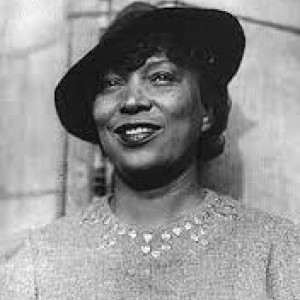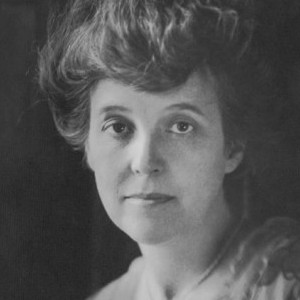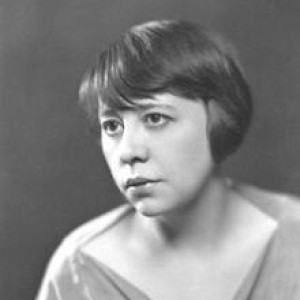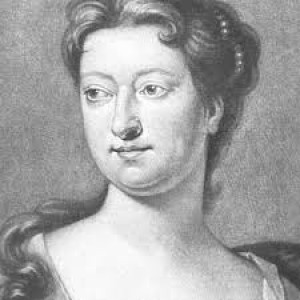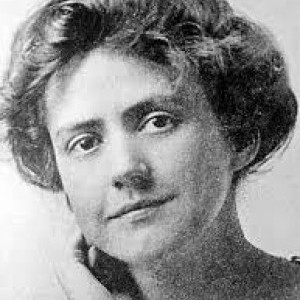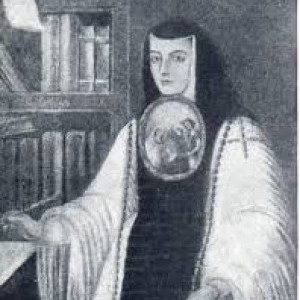Ayn Rand
Biography
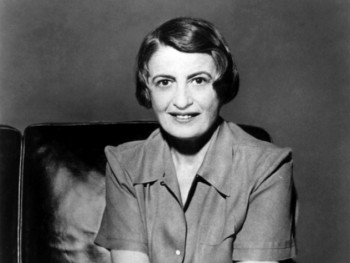
Ayn Rand (1905-1982) was born Alissa Rosenbaum in St. Petersburg, Russia in 1905. The daughter of a successful pharmacist, she enjoyed a comfortable life for the first twelve years of her life. Her desire to write can be traced back to the age of nine, when she decided she would be a writer after entertaining her sisters by devising a story about the chorus girls they had seen on a poster on their trip to London. Her comfortable lifestyle, however, was disrupted by the Bolshevik Revolution. After her father’s pharmacy was raided by soldiers and shut down, her family fled to Crimea in 1918. In 1921, her family returned to St. Petersburg (then Petrograd), and Alissa started attending the University of Petrograd to study history. Here she discovered philosophers like Plato, Aristotle, and Nietzsche that would be early influences on her thinking about reason. She completed her degree, despite a purge that threatened to end her time there, and enrolled in a two-year program at the State Institute for Cinematography that helped feed her growing love of movies. Rand never liked Russia, finding that the kind of heroes she admired and wanted to portray didn’t fit into that world. When relatives in Chicago offered to let her visit, she decided to start a new life, moving to the United States and taking up the name “Ayn Rand” in her personal and professional life.
After a brief stay in Chicago, Rand proceeded to Hollywood where she worked in DeMille Studios as a junior writer and met Charles O’Connor, whom she would marry. In 1932, she sold her first two screenplays, Red Pawn and Treason. The money from these sales allowed her to quit her job and focus full time on her writing. In 1933, Rand completed her first stage play, Night of January 16th. While the overarching plot very closely resembled that of other courtroom dramas that had been recently produced, Rand’s play was unique. Each night, a jury was selected from the audience who would decide the verdict for the murder charges brought against the play’s protagonist, with the actors performing a different ending depending on the choice of this jury. Night of the 16th was one of Rand’s first works that married her strong ideas on individualism and morality with entertainment. When approached by Al Woods, a New York producer who wanted to transfer the play to Broadway, she initially turned him down because she feared the subtle meanings would be stripped from the play. After a second offer that gave her more artistic control, Rand agreed and moved to New York.
In 1936, while battling Woods over royalty disputes, she published We the Living as a limited release with Macmillan, but it met a critical response, with many reviewers citing an unrealistic depiction of Russian life. Rand continued to read and write on the topic of individualism and correspond with such founders of the libertarian ideology as Isabel Paterson. In 1943, Rand published The Fountainhead, which would become one of her most successful novels. This exploration of individualism versus collectivism rose to bestseller lists, and she sold the film rights to Warner Brothers, maintaining that she would be allowed to work on the screenplay. She began working consistently as a screenwriter, working six months per year in the studio and six months on her own work. The freedom allotted by this arrangement and by The Fountainhead’s success allowed her time to write what would become her most notable work: Atlas Shrugged.
After the publication of Atlas Shrugged in 1957, Rand would not publish another work of fiction, claiming she could not create a hero superior to the novel’s John Galt. The theme of this work is described as “the role of the mind in man’s existence—and, as corollary, the demonstration of a new moral philosophy: the morality of rational self-interest” (Gotthelf). While it was met with opposition, even ridicule, by reviewers, Rand took notes of this opposition and used them to form rebuttals. She began lecturing at universities, publicly defending her work, and developing her Objectivist philosophical ideas, which were published in 1961 as For the New Intellectual: The Philosophy of Ayn Rand. Much of Rand’s later life was dedicated to promoting and defending the ideals of Objectivism, which sets one’s self interests at the center of humanity’s drive. Rand died of congestive heart disorder in New York City on March 6, 1982. She was in the middle of adapting Atlas Shrugged for the screen, an endeavor that would be picked up by her estate, but after a struggle to secure an adequate script, wouldn’t come to fruition until 2011.
Rand’s ideas continue to be influential today and are met with both zeal and ardent criticism. She is often cited as a foundational thinker of libertarian ideas, and her Objectivism is lauded by proponents of the free market. Major explorations of her life and theories liken her to a “Goddess of the Market,” cite her as a “Russian Radical,” and define her following as “The Ayn Rand Cult.” Such religious allusions likely wouldn’t have sat well with Rand, who described religion as a lapse of rational reasoning.
Sources Cited
Burns, Jennifer. Goddess of the Market: Ayn Rand and the American Right. Oxford University Press, 2009.
Gotthelf, Allan, and Gregory Salmieri. A Companion to Ayn Rand. John Wiley and Sons, 2016. Print.
Paxton, Michael. Ayn Rand: A Sense of Life: The Companion Book. Gibbs Smith, 1998. Print.
Sciabarra, Chris Matthew. Ayn Rand: The Russian Radical. Penn State Press, 2013.
Walker, Jeff. The Ayn Rand Cult. New York: Open Court, 2012.



